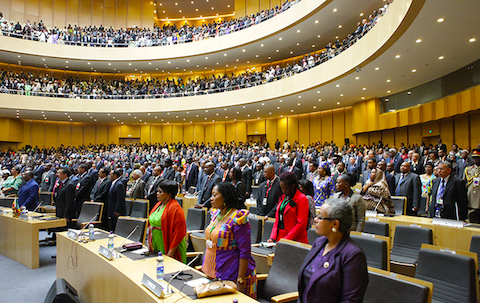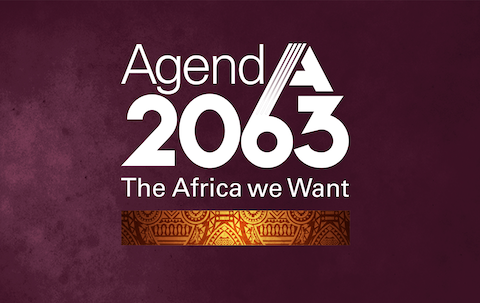CFTA - Continental Free Trade Area
Objectives of the CFTA
• Create a single continental market for goods and services, with free movement of business persons and investments, and thus pave the way for accelerating the establishment of the Continental Customs Union and the African customs union.
• Expand intra African trade through better harmonization and coordination of trade liberalization and facilitation regimes and instruments across RECs and across Africa in general.
• Resolve the challenges of multiple and overlapping memberships and expedite the regional and continental integration processes.
• Enhance competitiveness at the industry and enterprise level through exploiting opportunities for scale production, continental market access and better reallocation of resources.
Background
The 18th Ordinary Session of the Assembly of Heads of State and Government of the African Union, held in Addis Ababa, Ethiopia in January 2012, adopted a decision to establish a Continental Free Trade Area (CFTA) by an indicative date of 2017. The Summit also endorsed the Action Plan on Boosting Intra-Africa Trade (BIAT) which identifies seven clusters: trade policy, trade facilitation, productive capacity, trade related infrastructure, trade finance, trade information, and factor market integration. The CFTA will bring together fifty-four African countries with a combined population of more than one billion people and a combined gross domestic product of more than US $3.4 trillion.
Negotiations
Negotiations for the CFTA are expected to in June 2015 and the CFTA should be launched by an indicative date of 2017. The main objectives of the CFTA are to create a single continental market for goods and services, with free movement of business persons and investments, and thus pave the way for accelerating the establishment of the Customs Union. It will also expand intra-African trade through better harmonization and coordination of trade liberalization and facilitation and instruments across the RECs and across Africa in general. The CFTA is also expected to enhance competitiveness at the industry and enterprise level through exploitation of opportunities for scale production, continental market access and better reallocation of resources. The establishment of the CFTA and the implementation of the Action Plan on Boosting Intra-African Trade (BIAT) provide a comprehensive framework to pursue a developmental regionalism strategy. The former is conceived as a time bound project, whereas BIAT is continuous with concrete targets to double intra-African trade flows from January 2012 and January 2022.









